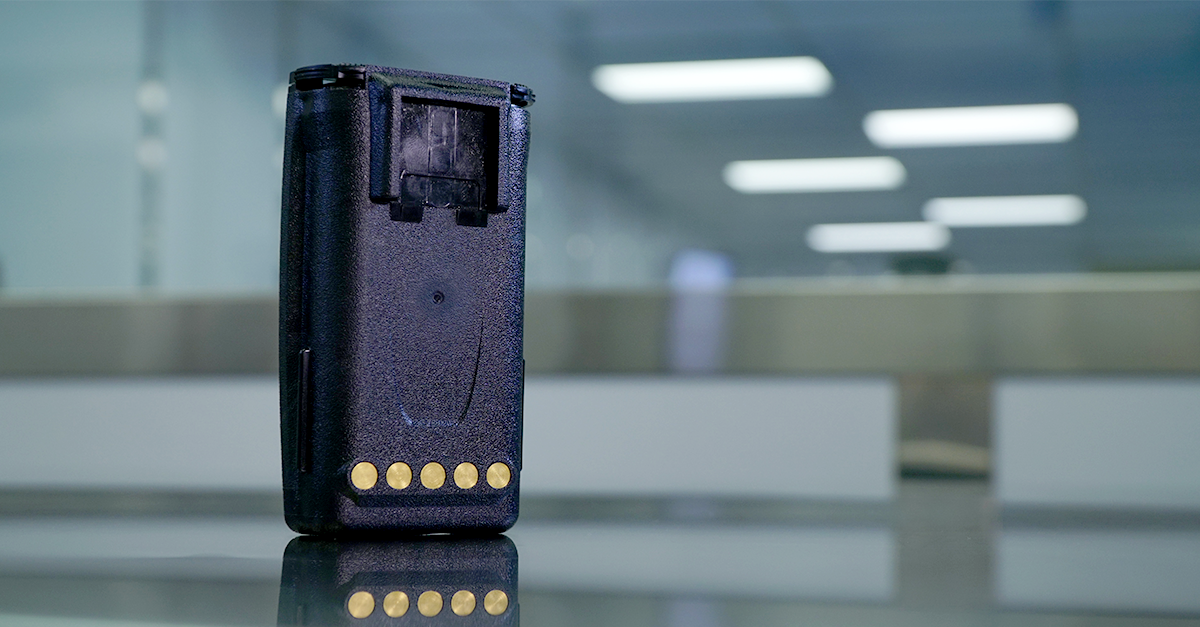Insert injection molding uses advanced injection molding technology to combine diverse thermoplastic and metal components into a single finished part. A wide range of applications manufactured today use the insert molding process.
This article focuses on five main elements of the insert molding process to make your custom component or device.1. The insert injection molding process combines materials and components into a single unit.
The insert molding process follows the same principles as injection molding except for the addition of an insert placed in the custom-built mold, either by hand or robotics. First, resin raw material pellets become melted and then injected into the mold cavities. The molten material fills in the features around the insert, creating an incorporated assembled component. The injection press opens, and the part ejects from the mold. Now, you have one part anchored securely to the insert, and a great deal stronger than if assembled after the molding process.
To aid injection molders in the process of insert molding, they will use vertical injection molding presses. Vertical/vertical presses use gravity to hold the insert in place during mold closing. These tend to be more efficient, having multiple tool bottoms used with one top half tool. While one bottom half is molding with the top half, the other bottom half is available to be loaded with the insert. Ultimately, reducing production time.
The raw materials used for insert molding are the same as injection molding. For extreme high heat applications, select an engineered thermoplastic because they can withstand very high temperatures, and the components can withstand very harsh environments.
2. Benefit of Insert Injection Molding includes improved plastic part reliability and strength with enhanced design flexibility.
Manufacturing components or devices using the insert molding process results in a tight, secure seal with the plastic part, which helps to strengthen the parts' reliability and resistance to vibration and shock. This reliability makes these parts an ideal solution for surgical instruments, knobs, devices, electrical components, housings, and more for a wide variety of industries.
The use of metallic materials increases the tensile strength of a part and its conductivity while reducing the weight of the component. This combination of plastic with metal or other insert materials increases the product design options to design engineers for low to high volume production runs.
3. Part design for insert molding should include solutions to shield the insert during the molding process.
Despite the frequent use of the insert molding process, you still need an injection molder experienced with this process. Implementing a few basic guidelines for your part design will achieve success.
- Provide means of holding the insert during the molding process.
- Using bosses or undercut features add retention strength for the molded part and around the insert.
- Help shield the insert during the injection molding process. (Your injection molding partner can help finalize the design, for manufacturability, this is why it is best to use an experienced insert molder.)
Working with an experienced insert molder, you will receive feedback on what inserts and components work together to achieve the desired product outcome.
4. Types of Inserts Used for Insert Molding
The variety of inserts used during the insert molding process widens to a huge diversified list that follows.
- Magnets
- Screws
- Studs
- Contacts
- Spring Contacts
- Clips
- Pins
- Surface Mount Pads
- Rivets
- Threaded Fasteners
- Bushings
- Tubes, and more!
The inserts manufactured from an array of materials, for example, stainless steel, brass, aluminum, bronze, copper, Monel, and nickel/nickel alloy.
For convenience, some injection molders will also manufacture the inserts to offer vendor integration and a single-source solution. Therefore, receiving engineering guidance, design support, proper mold design, and smooth production runs for your product. Please note, make sure you choose an injection molder with the same quality certifications your project requires.
5. Costs of Insert Injection Molding
The upfront costs for an insert molded part include the insert and the injection mold. The cost savings begin with the elimination of post-molding manufacturing steps, and labor to assemble the parts after molding. Also, achieving increased production throughputs of products. Read more about the total cost of plastic injection molding so you don't have unforeseen costs in the future.
The insert injection molding process used for manufacturing plastic injection molded parts for a wide variety of applications in the medical, defense, electronics/electrical, and industrial markets. For more on how injection molders use plastic injection molding process monitoring to manufacture quality components, or what injection molding post processing operations are available to finish your project - go to the Complete Guide to Plastic Injection Molding now.

